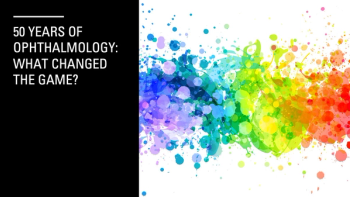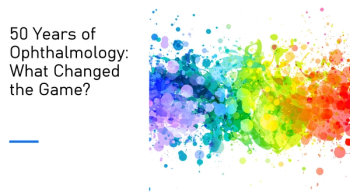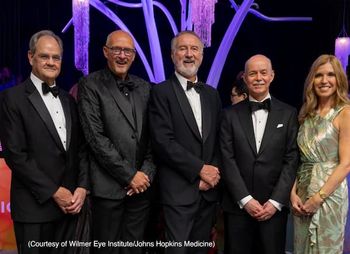
Drug treatment for cataracts moves a step closer
An investigator at Anglia Ruskin University is leading work on an anti-cataract drug, which has had positive results in lab tests.
A new treatment for cataract has shown extremely positive results in laboratory tests, giving hope that the condition, that currently can only be cured with surgery, could soon be treated with drugs.
The results have been published in the peer-reviewed journal Investigative Ophthalmology and Visual Science.1
A team of international scientists, led by Barbara Pierscionek, Phd, MBA, deputy dean (Research and Innovation) in the Faculty of Health, Education, Medicine and Social Care at Anglia Ruskin University (ARU), have been carrying out advanced optical tests on an oxysterol compound that had been proposed as an anti-cataract drug.
According to a news release from ARU, in laboratory trials, treatment with the oxysterol compound VP1-001 showed an improvement in refractive index profiles – a key optical parameter that is needed to maintain high focusing capacity – in 61% of lenses. This means that the protein organization of the lens is being restored, resulting in the lens being better able to focus. This was supported by a reduction in lens opacity in 46% of cases.
“This study has shown the positive effects of a compound that had been proposed as an anti-cataract drug but never before tested on the optics of the lens,” Pierscionek, who is also a member of the Medical Technology Research Center at ARU, said in the release
Pierscionek added that it is the first research of this kind in the world.
“It has shown that there is a remarkable difference and improvement in optics between eyes with the same type of cataract that were treated with the compound compared to those that were not,” she said in the release.
Moreover, Pierscionek said in the release that the research has shown that there is a remarkable difference and improvement in optics between eyes with the same type of cataract that were treated with the compound compared to those that were not.
“Improvements occurred in some types of cataract but not in all indicating that this may be a treatment for specific cataracts,” she concluded in the statement. “This suggests distinctions may need to be made between cataract types when developing anti-cataract medications. It is a significant step forward towards treating this extremely common condition with drugs rather than surgery.”
Reference
1 Pierscionek, B; et.al; Oxysterol compounds in mouse mutant αA- and αB-crystallin lenses 2 can improve the optical properties of the lens. Investigative Ophthalmology & Visual Science. Published May 16, 2022.
Newsletter
Don’t miss out—get Ophthalmology Times updates on the latest clinical advancements and expert interviews, straight to your inbox.









































